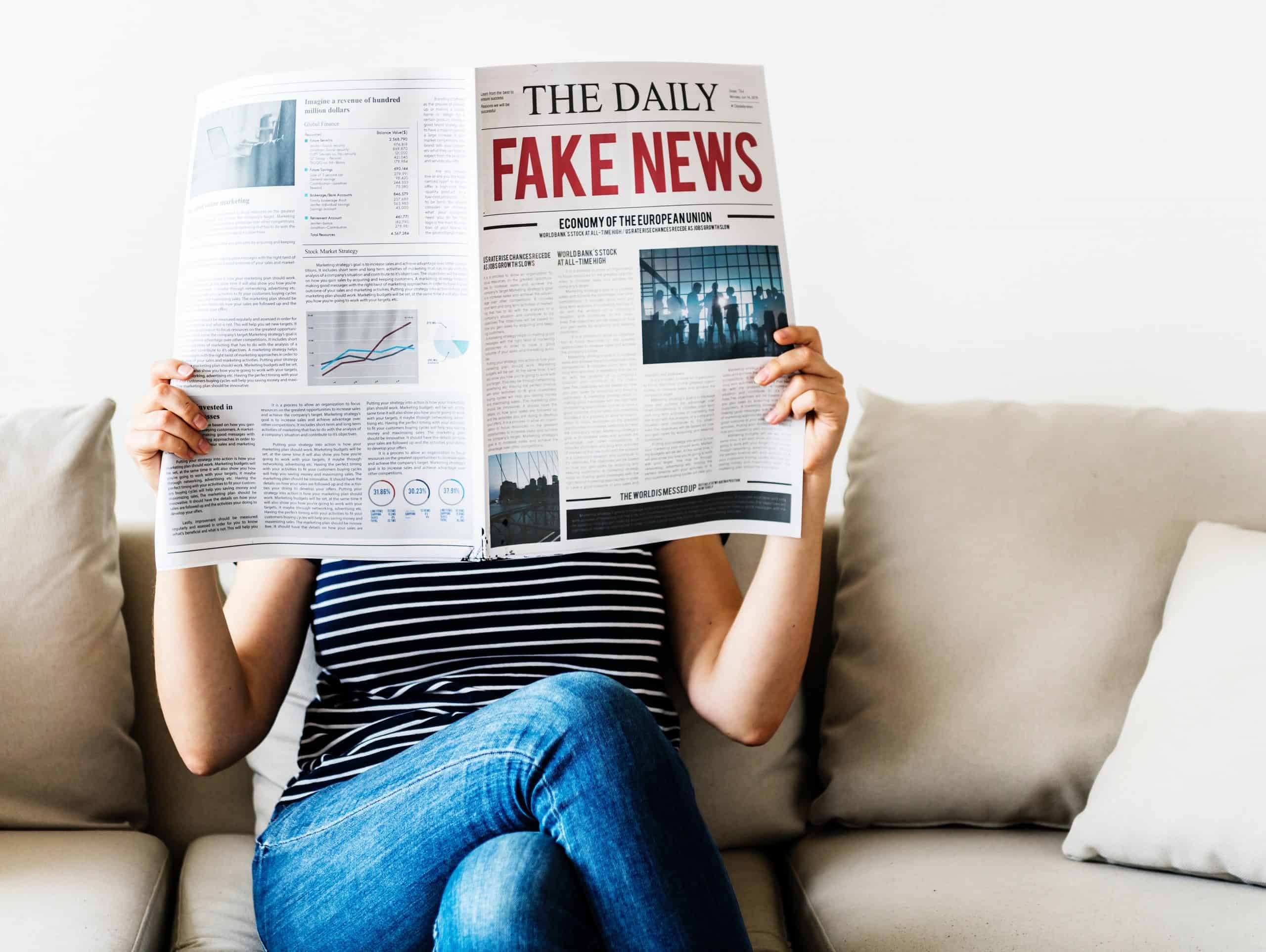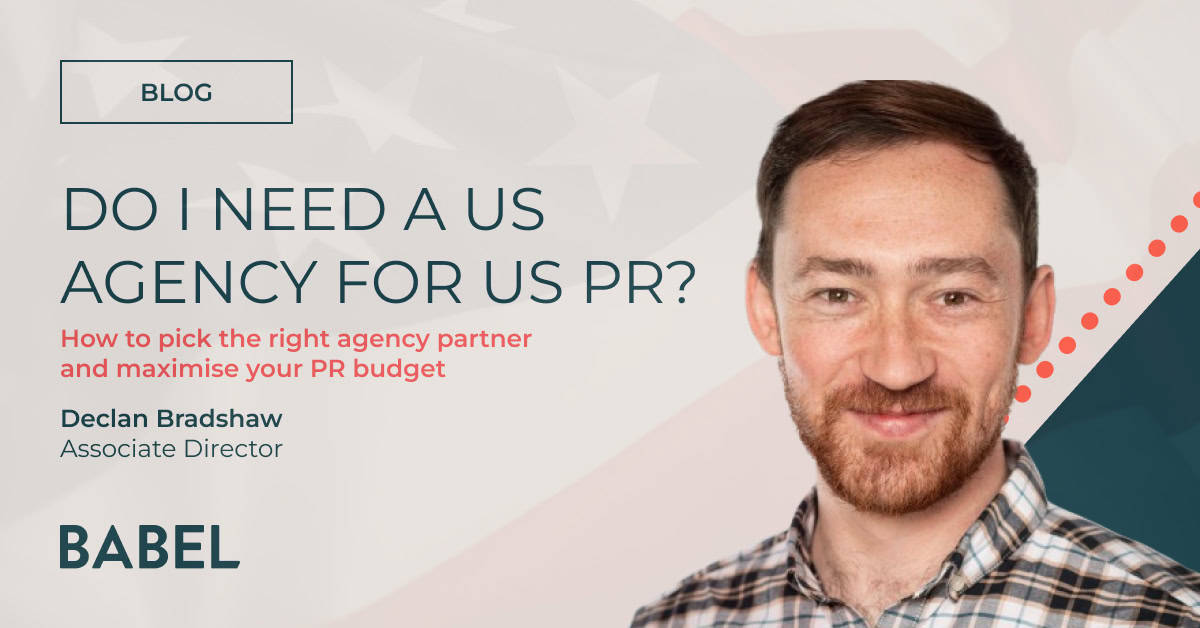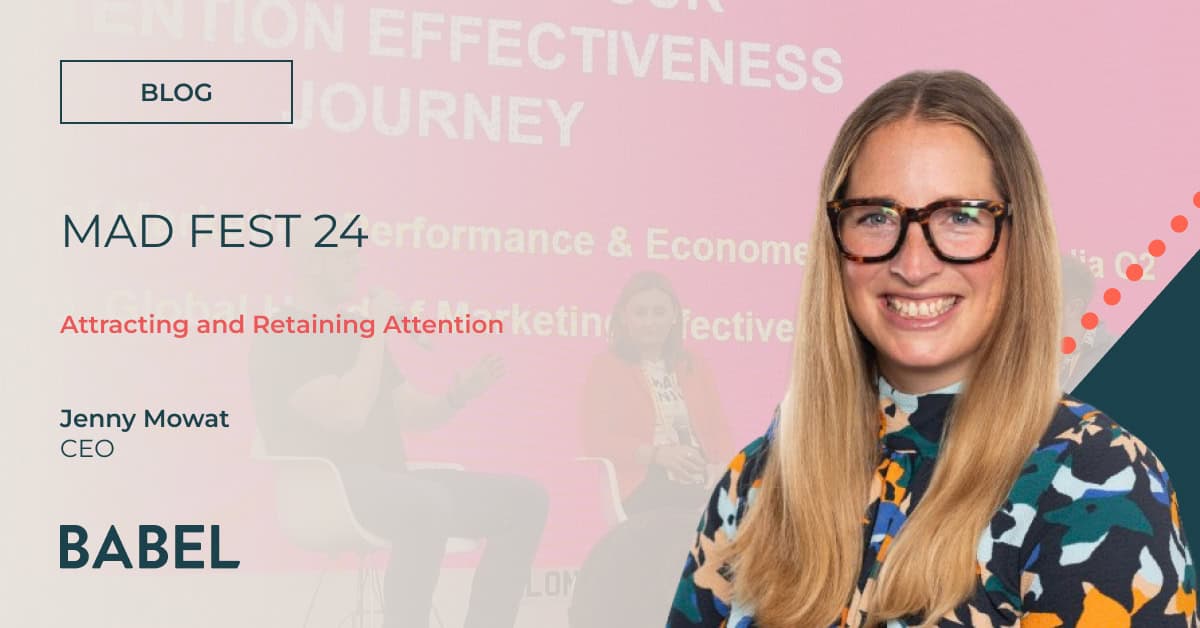
I spy some fake news
Since the US Presidential election in November 2016, we have seen the number of ‘fake news’ stories spread like wildfire, fuelled by the speed and ease of the internet.
However, what we also noticed was that the fake news stories around the recent US election campaign were not all inspired by swinging those all-important political allegiances. Some ‘journalists’ were only looking for a quick and dirty way to engage with and advertise to a global audience, who for the months surrounding the election were hooked on receiving minute-by-minute updates.
Fake news is an abuse of power: unfair to both the recipients, and deliverers of real news. It seems preposterous that the media would deliberately misinform its audience for financial gain. Exploiting the popularity of short articles and clickbait headlines to drive traffic to advertisements as part of a broader marketing strategy seems criminal – and yet we as the audience are having to tread ever more carefully over what is real and what is just the figment of creative journalism?
Social media is also partly to blame for the success of fake news, presenting both real and fictional stories in such a way that it has become difficult to tell them apart. The fine line between breaking news, satirical or ironic humour, and plain misinformation is not conducive to facilitating a neutral playground of political opinions.
Social media is also responsible for the rise in a different kind of fakery: photo filters, a trend which has been readily adopted by millennials and is only likely to increase. Edited imagery has very much become the norm, and an accepted part of society on both a personal level and in the world around.
But where does all this fakery end? There has been an increasing number of celebrities and brands getting into trouble with fans and the Advertising Standards Authority (ASA) for misleading the public. We’ve watched celebrity idols fall from grace after releasing heavily doctored photos of their assets, and make-up brands lose loyal customers after digitally enhancing models to promote new products.
But, despite their culpability, some social media giants are starting to realise the gravitas of the fakery situation. Facebook now monitors users’ posts and is campaigning to raise awareness of fake news through a series of advertisements in the UK press. Conversely, Twitter has refused to identify fake news content on its social media platform and, following the US presidential election and ahead of the UK general election, this is bad news.
As PR professionals, we now need to take extra care in this fake news climate. Social media has created an entirely new reputation landscape which has exacerbated this need for transparency and opens brands up to wilful reputational damage. With an increased risk of our clients being affected by malicious fake news stories, we need to stay vigilant.
Good PR is about maintaining a balance between proactive promotion of the good work our clients do in their respective sectors, whilst remaining honest and transparent at all times to build a positive reputation. Having a crisis comms plan up our sleeves in case fake news hits is now a necessary defence. Is your organisation ready?





